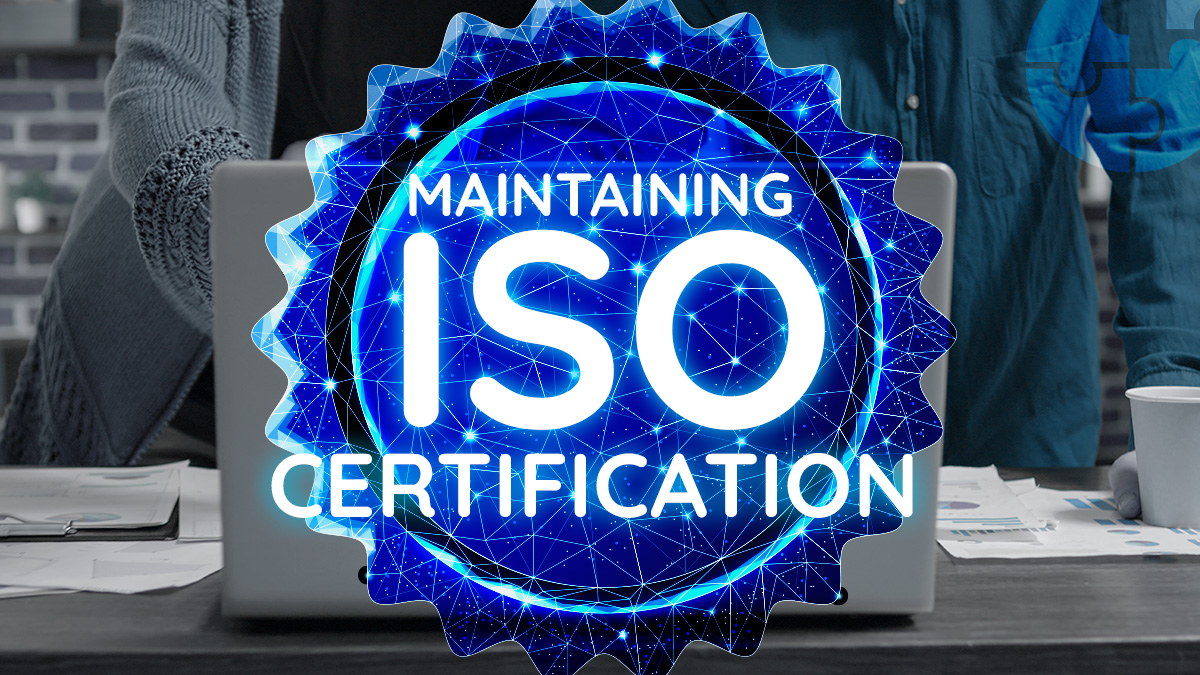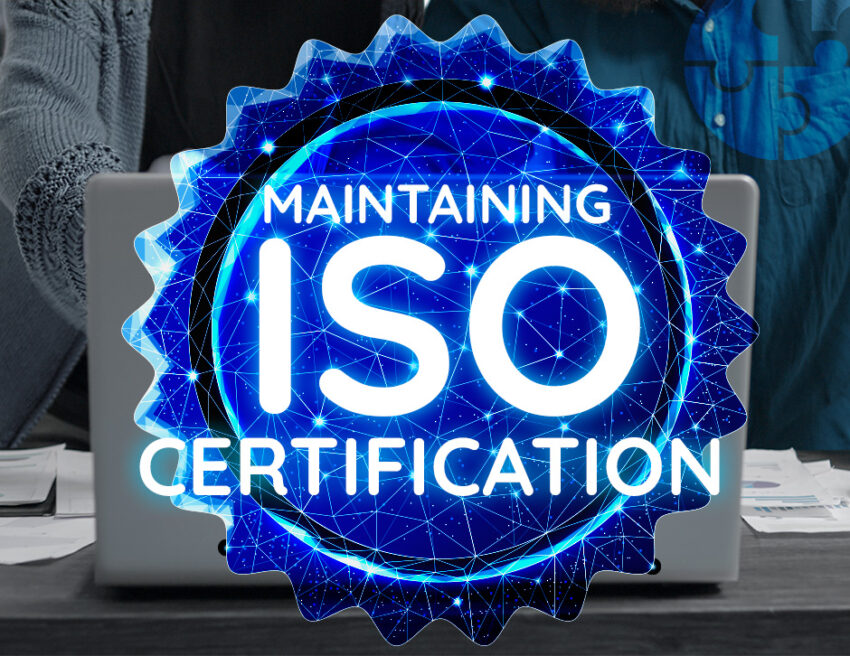How Independent Freight Forwarders can Maintain ISO Certification
Maintaining ISO certification involves a continuous commitment to quality management and process improvement. Here are key steps independent freight forwarders can take to ensure they uphold their ISO certification:
1. Adhere to ISO Standards
ISO standards are not static; they evolve over time. Independent freight forwarders must stay updated on any changes or updates to the ISO standards they are certified against. Regularly review and revise internal procedures to align with these standards. For instance, if ISO 9001:2015 is the relevant standard, ensure that your quality management system adheres to its latest requirements.
2. Conduct Regular Internal Audits
Internal audits are a critical component of maintaining ISO certification. They help identify areas of non-compliance, potential risks, and opportunities for improvement. Implement a schedule for regular internal audits and ensure that they are thorough and objective. Document the findings and take corrective actions as necessary to address any issues identified during the audits.
3. Engage in Continuous Improvement
ISO certification emphasizes continuous improvement. Freight forwarders should foster a culture of ongoing enhancement by encouraging feedback, analyzing performance data, and implementing changes to improve processes and services. This might involve upgrading technology, refining operational procedures, or enhancing staff training.
4. Provide Ongoing Training and Development
Employees play a vital role in maintaining ISO certification. Regular training ensures that staff are aware of and understand the ISO standards and how they impact their roles. Invest in training programs that cover quality management practices, compliance requirements, and any new developments related to ISO standards.
5. Maintain Documentation and Records
Accurate documentation and record-keeping are essential for ISO compliance. Maintain detailed records of processes, procedures, audits, training, and corrective actions. This documentation serves as evidence during external audits and helps track progress and improvements.
6. Engage with Certification Bodies
Maintain open communication with your ISO certification body. Certification bodies provide guidance, support, and feedback that can help in maintaining compliance. Schedule regular reviews and updates with them to ensure that you are meeting all requirements and addressing any concerns.
7. Address Non-Conformities Promptly
If non-conformities or issues are identified, address them promptly and effectively. Develop a corrective action plan to resolve the issues and prevent recurrence. Regularly review these actions to ensure that they are effective and that similar issues do not arise in the future.
Conclusion
ISO certification is a valuable asset for freight forwarders, enhancing credibility, operational efficiency, and customer satisfaction. However, maintaining this certification requires a steadfast commitment to adhering to standards, engaging in continuous improvement, and ensuring that all processes and practices align with ISO requirements. By following these steps—adhering to standards, conducting regular audits, engaging in continuous improvement, providing ongoing training, maintaining documentation, and addressing non-conformities—freight forwarders can uphold their ISO certification and continue to demonstrate their dedication to quality and excellence in the logistics industry.



